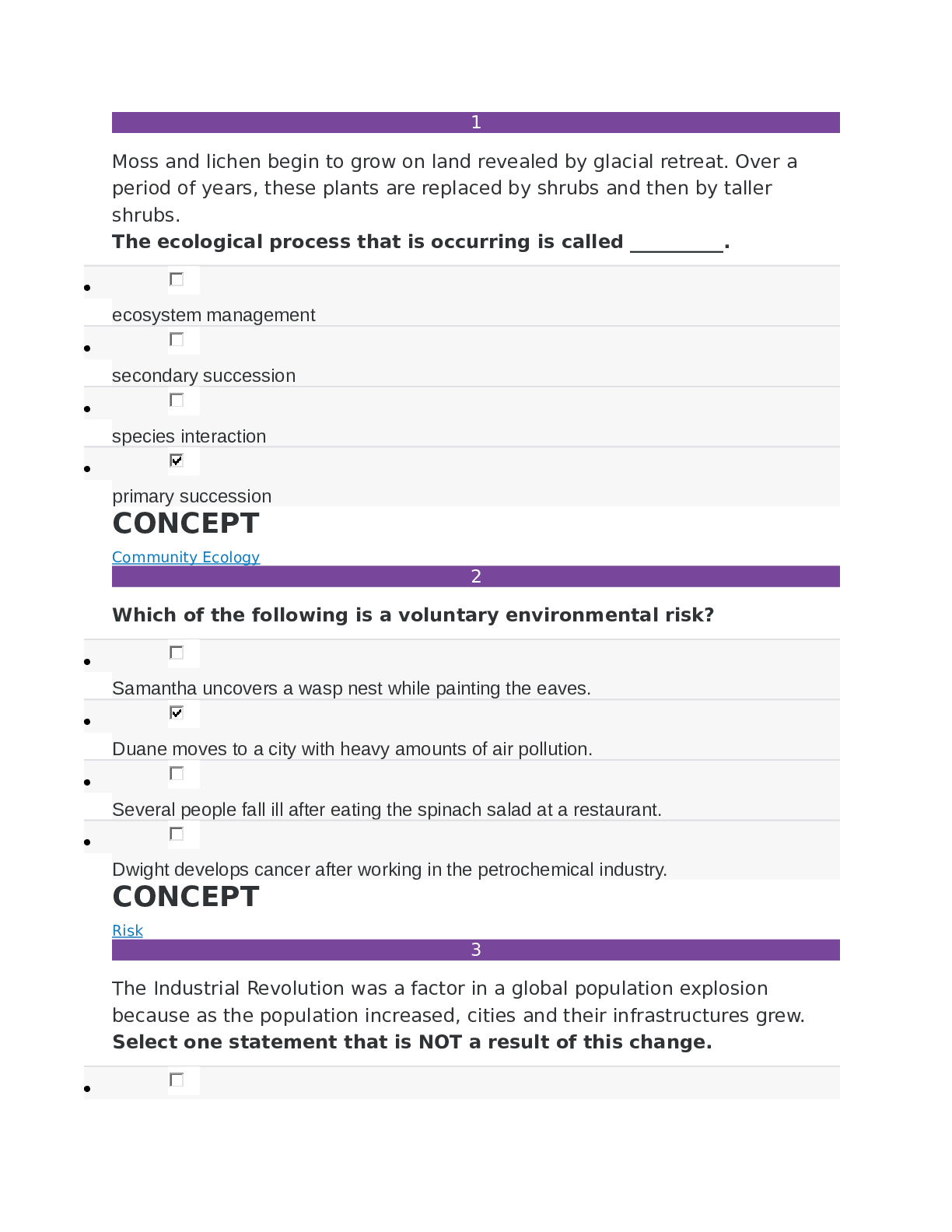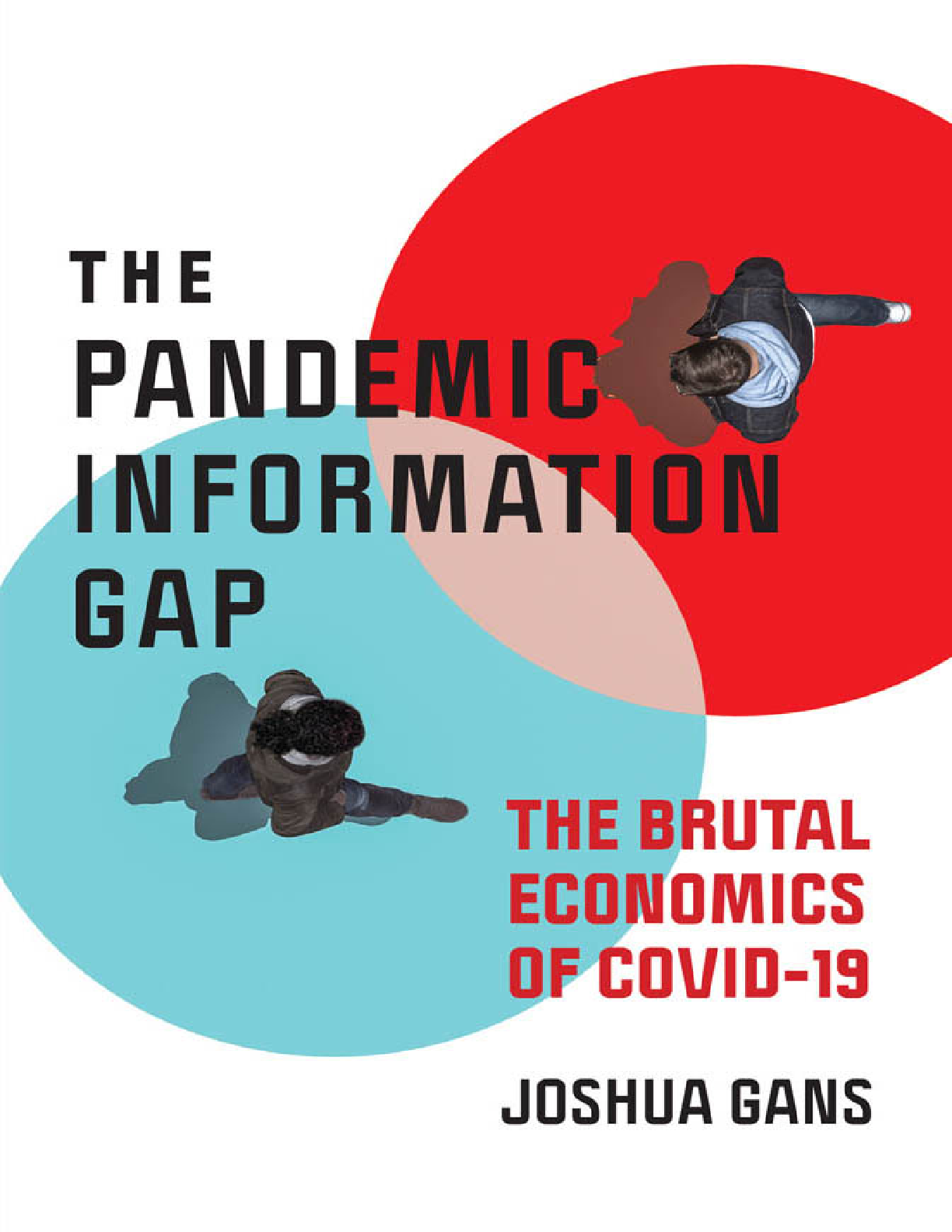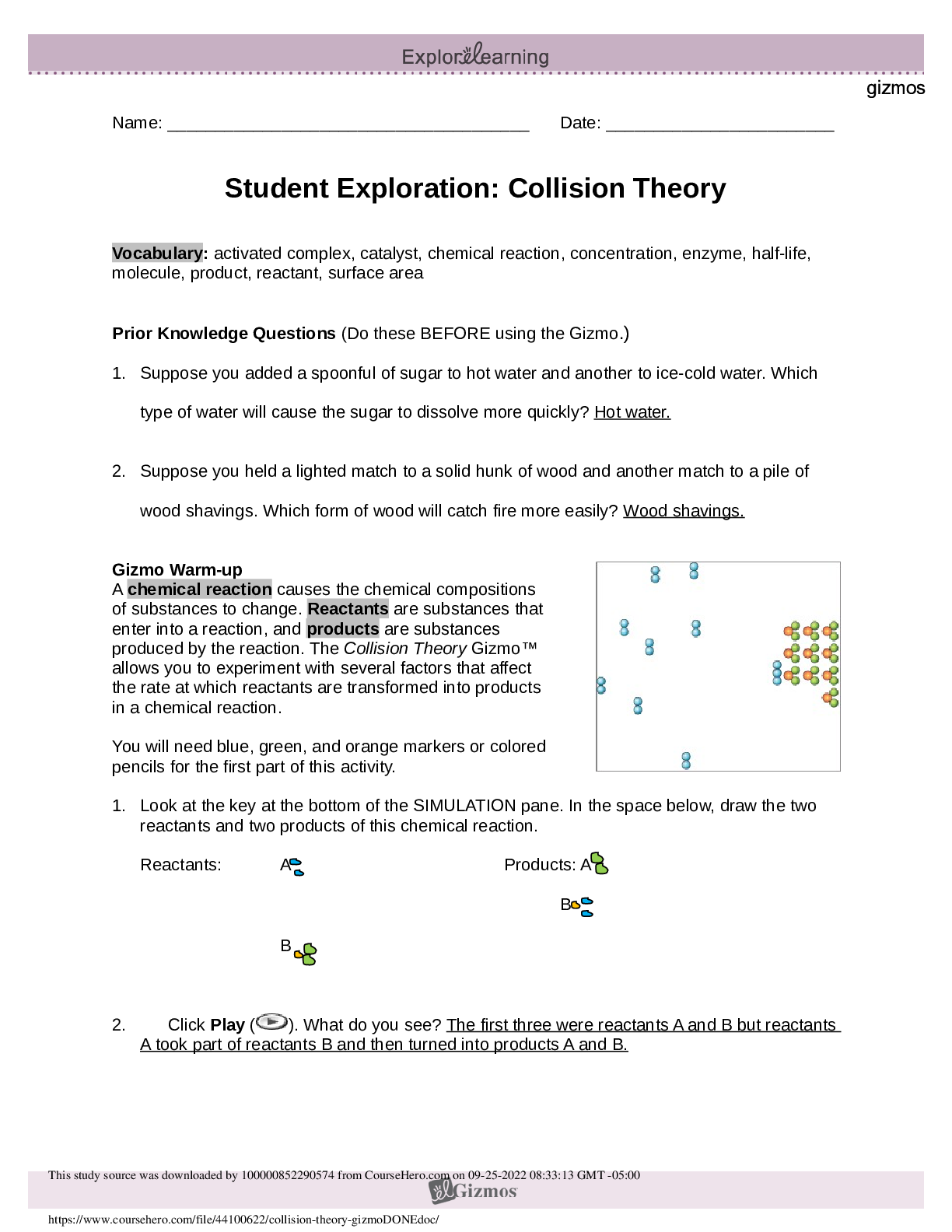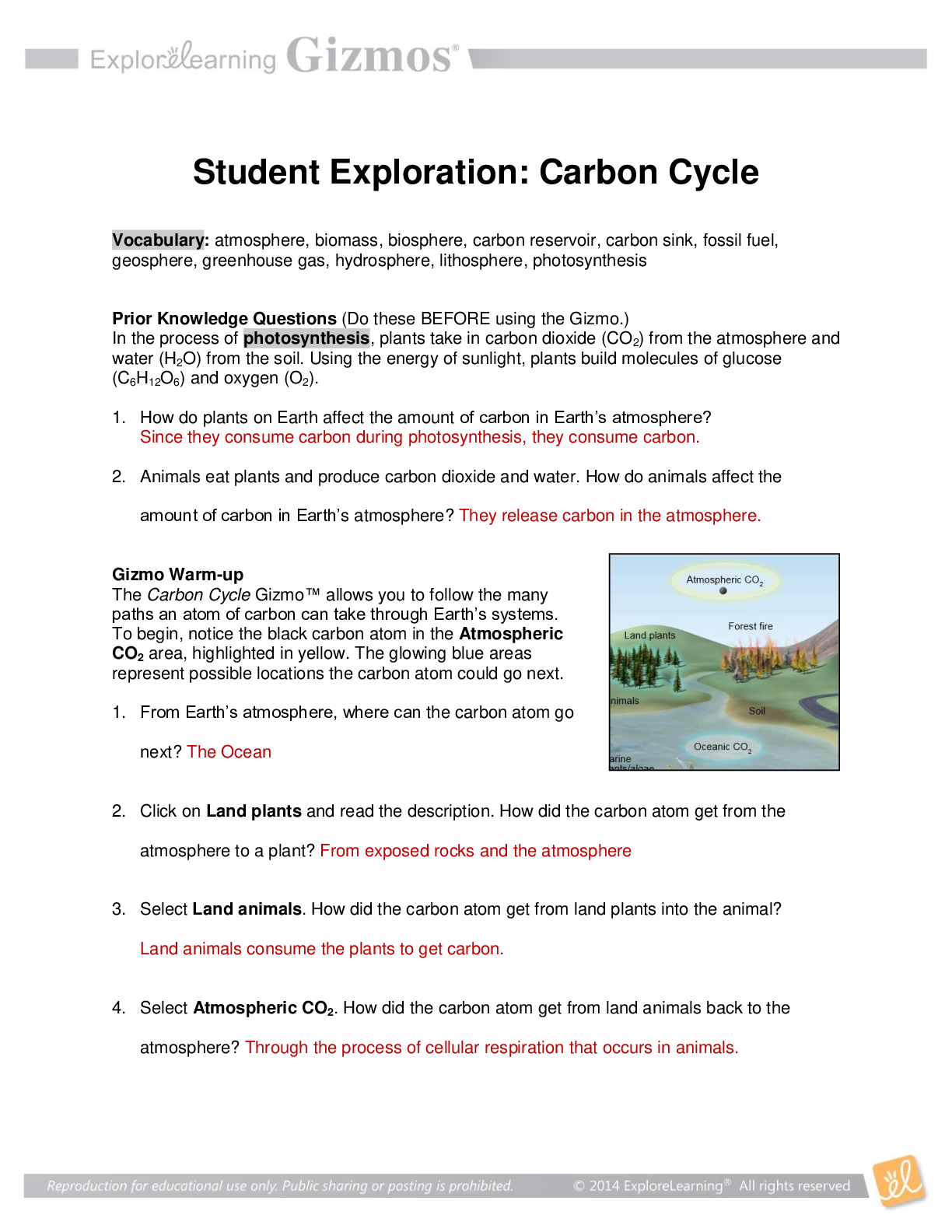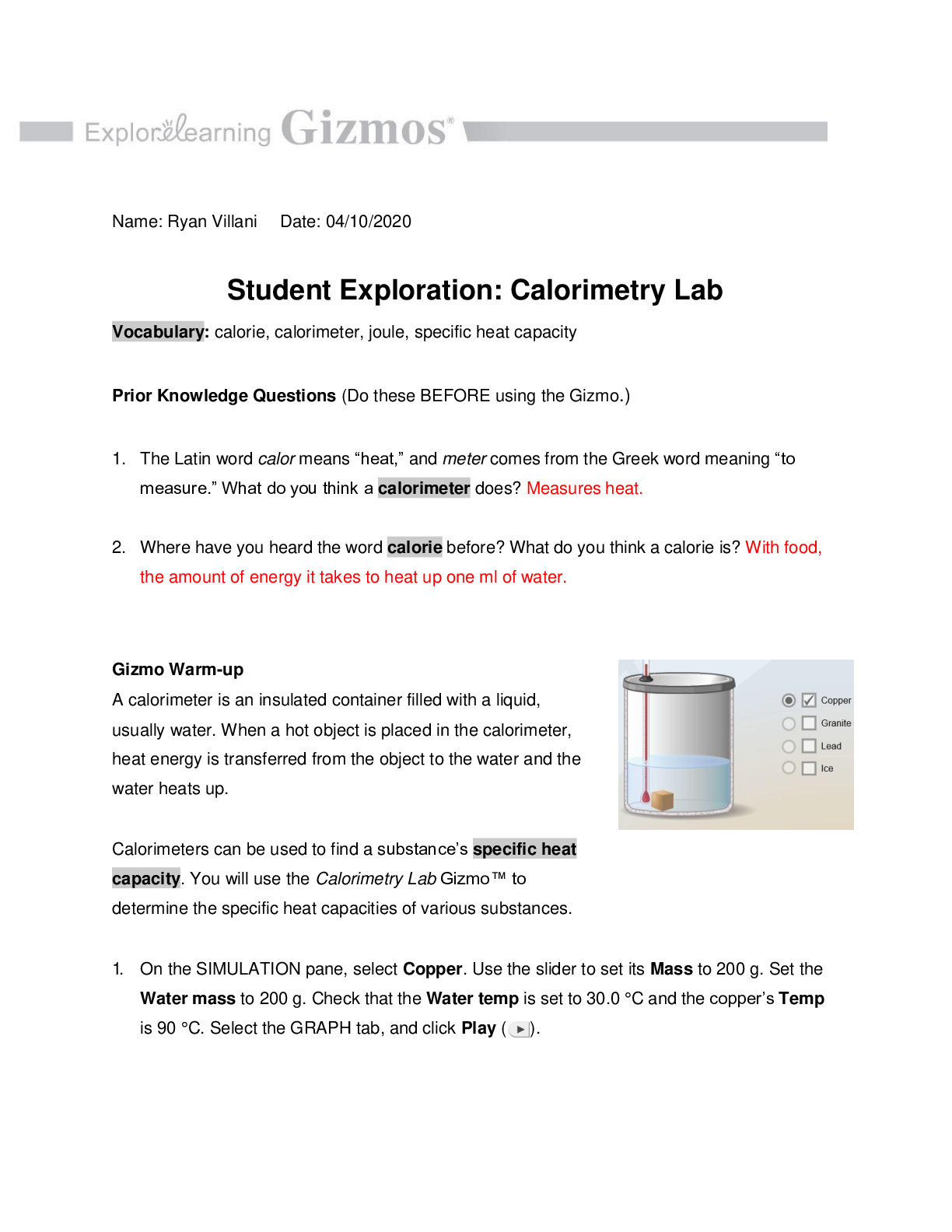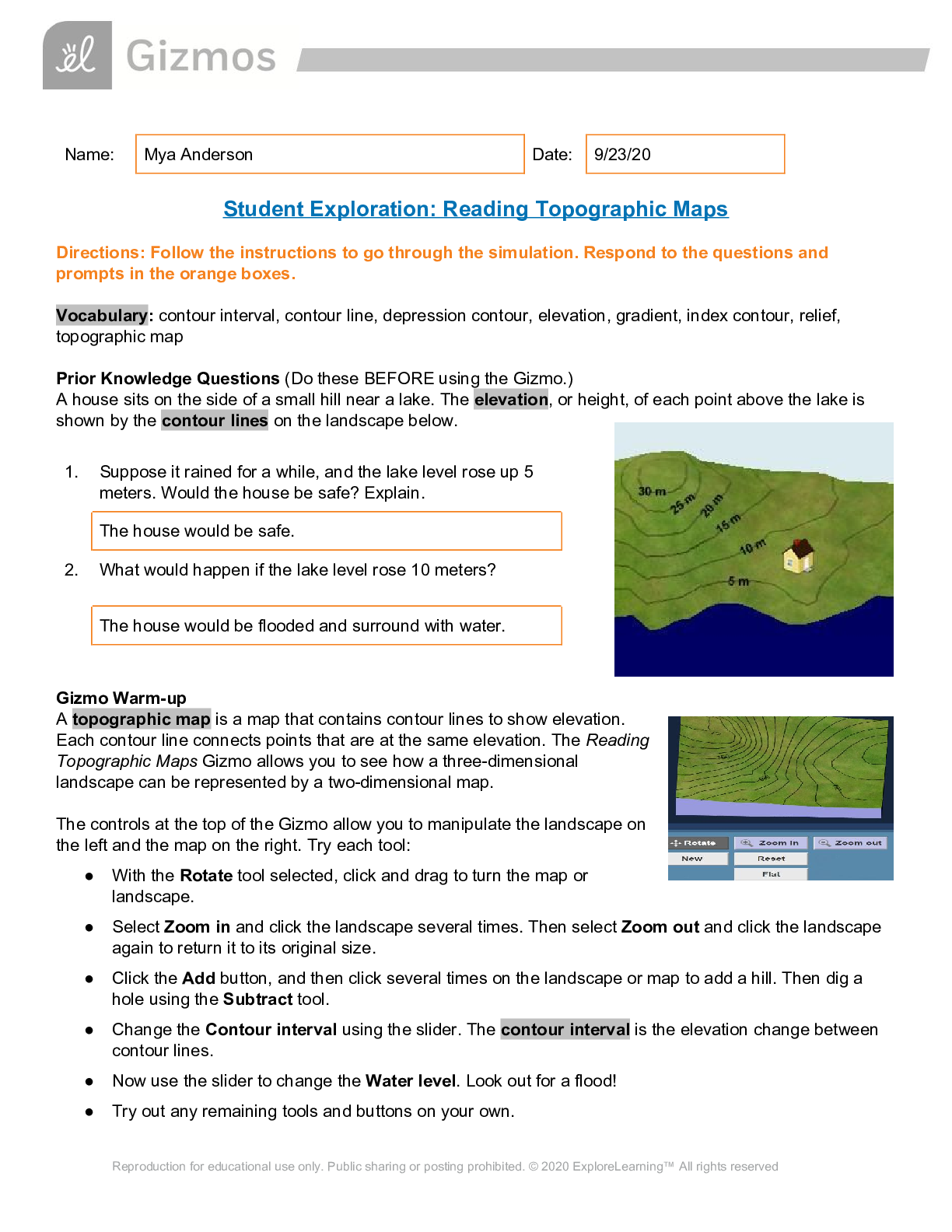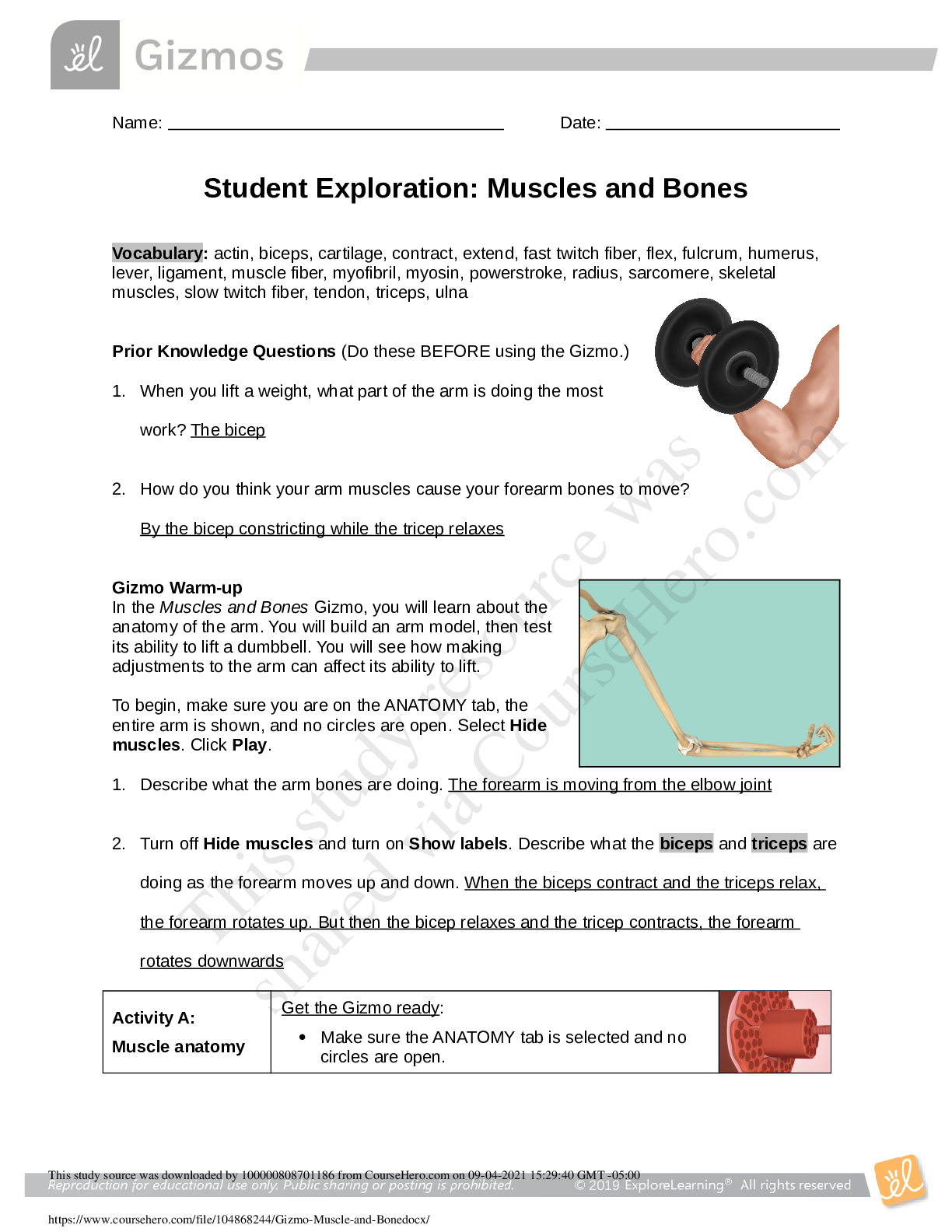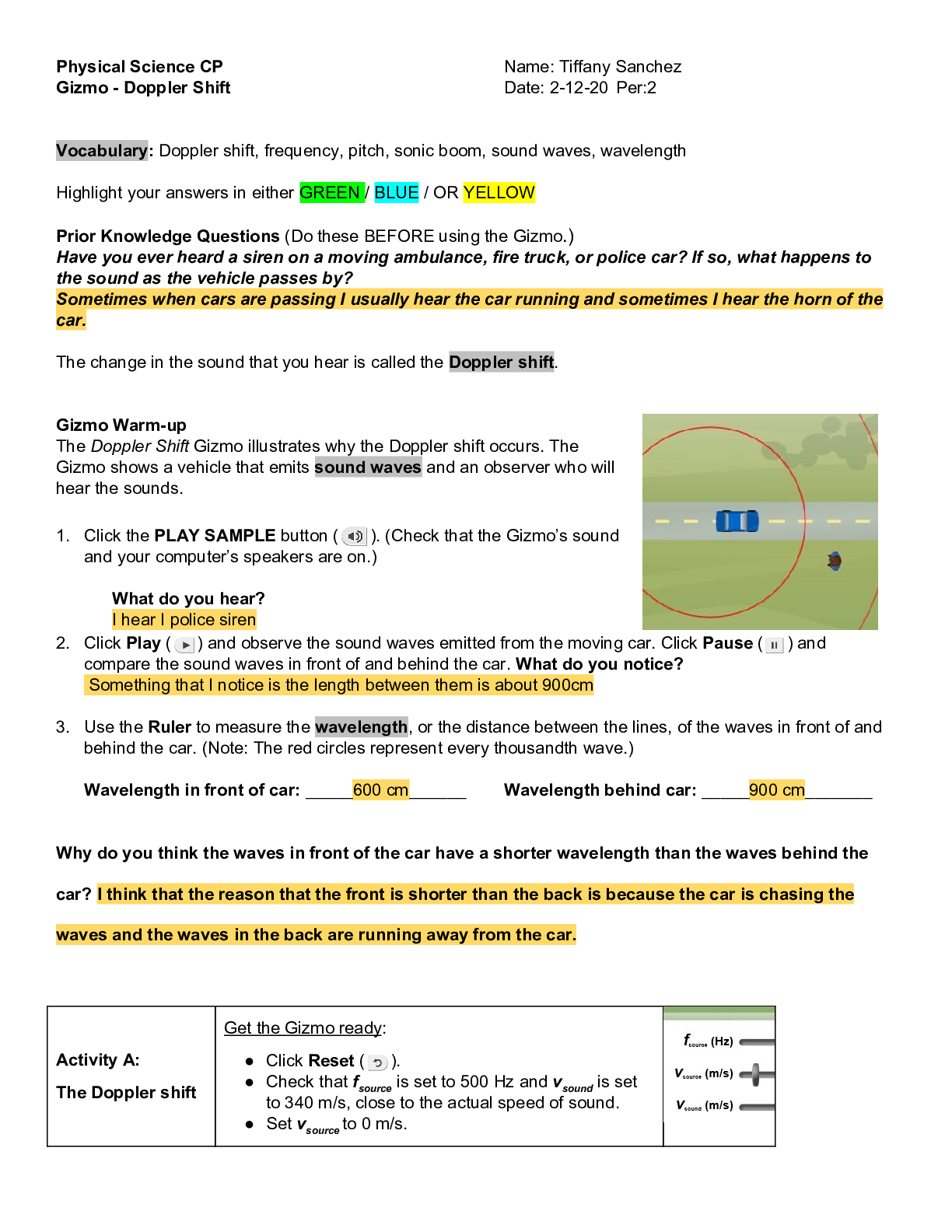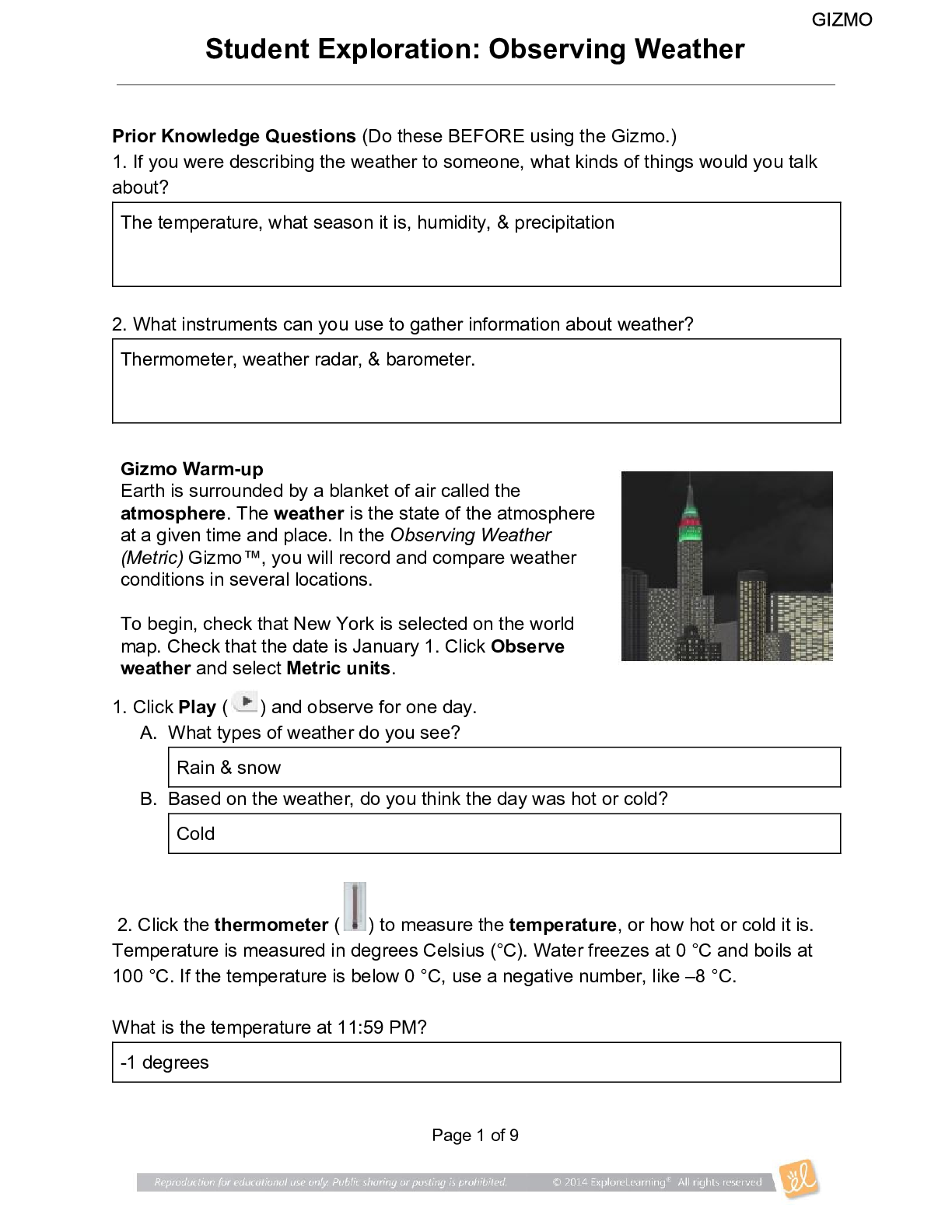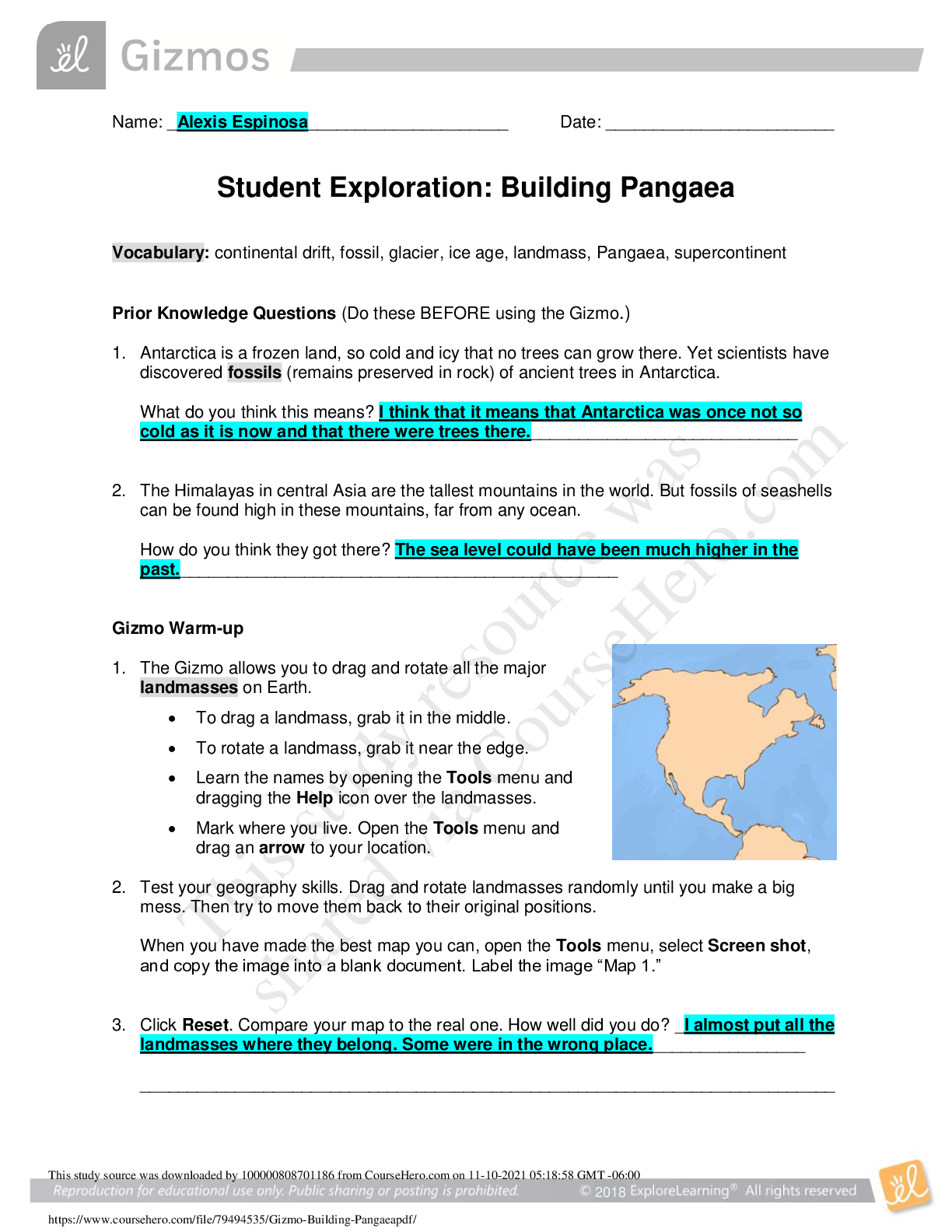collision theory gizmoDONE
Document Content and Description Below
NCVPS Chemistry Fall 2014
Vocabulary: activated complex, catalyst, chemical reaction, concentration, enzyme, half-life,
molecule, product, reactant, surface area
Prior Knowledge Questions (Do these
...
BEFORE using the Gizmo.)
1. Suppose you added a spoonful of sugar to hot water and another to ice-cold water. Which
type of water will cause the sugar to dissolve more quickly? Hot water.
2. Suppose you held a lighted match to a solid hunk of wood and another match to a pile of
wood shavings. Which form of wood will catch fire more easily? Wood shavings.
Gizmo Warm-up
A chemical reaction causes the chemical compositions
of substances to change. Reactants are substances that
enter into a reaction, and products are substances
produced by the reaction. The Collision Theory Gizmo™
allows you to experiment with several factors that affect
the rate at which reactants are transformed into products
in a chemical reaction.
You will need blue, green, and orange markers or colored
pencils for the first part of this activity.
1. Look at the key at the bottom of the SIMULATION pane. In the space below, draw the two
reactants and two products of this chemical reaction.
Reactants: A Products: A
B
B
2. Click Play ( ). What do you see? The first three were reactants A and B but reactants
A took part of reactants B and then turned into products A and B.
This study source was downloaded by 100000852290574 from CourseHero.com on 09-25-2022 08:33:13 GMT -05:00
https://www.coursehero.com/file/44100622/collision-theory-gizmoDONEdoc/
Activity A:
Temperature
Get the Gizmo ready:
Click Reset ( ).
Check that the Reactant concentration is set to
1.0 mol/L, the Catalyst concentration is set to
0.00 mol/L, and the Surface area is Minimum.
Question: How does temperature affect the rate of a chemical reaction?
1. Observe: Select the ANIMATION tab. View the animation with No catalyst selected.
What do you see? the higher the temperature, the faster the chemical reaction.
When two reactant molecules meet, they form a temporary structure called an activated
complex. The activated complex breaks up into the product molecules.
2. Observe: Return to the CONTROLS pane. Set the Temperature to 0 °C and the Simulation
speed to its maximum setting. Click Play.
A. Describe the motions of the molecules. They slow down.
B. Now set the Temperature to 200 °C. How does increasing the temperature affect the
motions of the molecules? They speed up.
C. What do you notice about the chemical reaction at the higher temperature? The
chemical reactions become faster.
3. Interpret: Select the GRAPH tab. Click the zoom out button ( ) until you can see the whole
graph. What does this graph show? The reactants go down and the products go up.
4. Predict: How do you think temperature will affect the rate of a chemical reaction? The
reaction will happen in a shorter amount of time if the temperature is up.
(Activity A continued on next page)
This study source was downloaded by 100000852290574 from CourseHero.com on 09-25-2022 08:33:13 GMT -05:00
https://www.coursehero.com/file/44100622/collision-theory-gizmoDONEdoc/
Activity A (continued from previous page)
5. Gather data: Click Reset. A useful way to compare reaction rates is to record the time
required for half of the reactants to react, called the half-life of the reaction. With the
Temperature set to 200 °C, click Play. Click Pause ( ) when the number of reactant
molecules is 10. Record the half-life time in the first space of the table below.
Trial 200 °C 150 °C 100 °C 50 °C
1 5:42 7:04 12:02 45:02
2 4:42 7:02 20:42 48:02
Mean half-life 5:32 7:03 16:22 46:52
Repeat the experiment at different temperatures to complete the table. (Note: To get exact
times, you can refer to the TABLE tab.)
6. Calculate: Calculate the mean half-life for each temperature. Fill in these values above.
(Hint: To get an exact mean, first convert each time to seconds by multiplying the minutes
value by 60 and adding this to the seconds. To find the mean in seconds, add up the two
times and divide by two. Convert the answer back to minutes and seconds.)
7. Analyze: What do your results indicate? As the temperature goes down, the time goes up.
8. Draw conclusions: For two molecules to react, they must collide at just the right angle and
with enough energy to break the original bonds and form new ones. Based on these facts,
why does the reaction tend to go more quickly at higher temperatures?
At a higher temperature, the molecules move faster so they can more of a chance of hitting
each other at just the right angle.
9. Apply: Paper must be heated to 234 °C to begin reacting with oxygen. This can be done by
putting the paper over a flame. Why do you think the paper must be heated to start burning?
Even though the paper is put over a flame, it still needs time to react or for the molecules to
hit each other just right.
[Show More]
Last updated: 3 years ago
Preview 1 out of 7 pages
